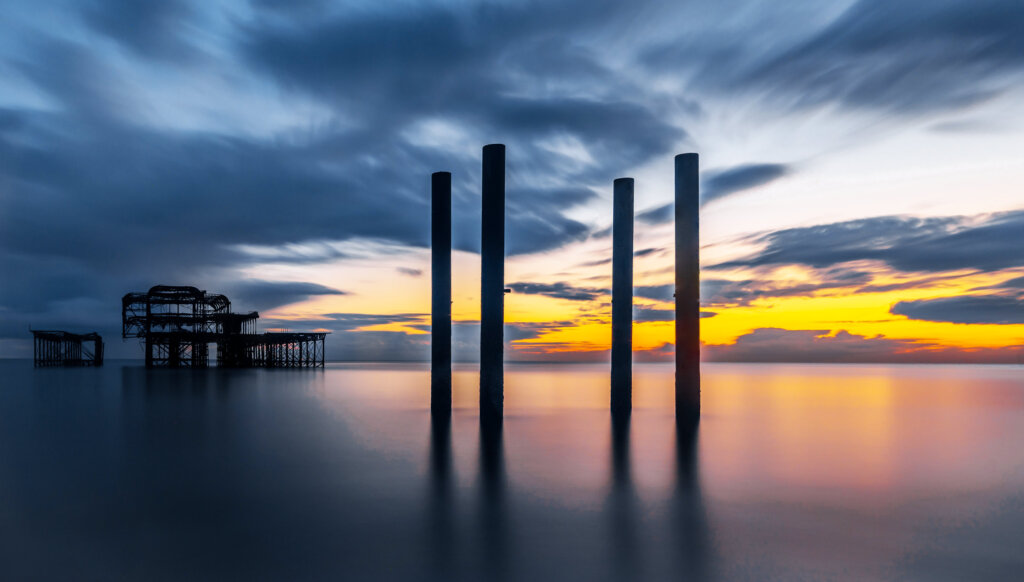Exposures longer than 30 seconds
Photography is a wonderful art form that allows us to capture moments and create stunning images. One technique that photographers often use is long exposure photography, where the camera’s shutter is open for an extended period of time. This allows for unique and creative effects, such as capturing light trails, smoothing out water, or creating surreal landscapes. In this article, we will explore how to take exposures longer than 30 seconds and achieve stunning long exposure photographs.
Understanding the Limitations
Before we dive into the techniques of taking exposures longer than 30 seconds, it’s important to understand the limitations of your camera. Many cameras have a maximum shutter speed of 30 seconds in their manual mode. This means that if you want to take longer exposures, you’ll need to use a different method.
Using Bulb Mode
One way to take exposures longer than 30 seconds is by using the Bulb mode on your camera. Bulb mode allows you to manually control the length of the exposure by keeping the shutter open for as long as you want. To use Bulb mode, follow these steps:
- Set your camera to Manual mode.
- Select the lowest ISO setting to minimize noise.
- Choose a small aperture (high f-number) to increase depth of field.
- Attach your camera to a sturdy tripod to prevent camera shake.
- Compose your shot and focus on the subject.
- Set your shutter speed to Bulb mode.
- Press and hold the shutter button to start the exposure.
- Release the shutter button when you’re satisfied with the length of the exposure.
By using Bulb mode, you have full control over the length of the exposure. This is particularly useful for capturing star trails or extended light painting sessions.
Using a Remote Shutter Release
Another method to take exposures longer than 30 seconds is by using a remote shutter release. A remote shutter release allows you to trigger the camera’s shutter without physically touching the camera, reducing the risk of camera shake. Here’s how you can use a remote shutter release:
- Connect the remote shutter release to your camera.
- Set up your camera on a tripod and compose your shot.
- Set your camera to Manual mode.
- Select the desired ISO and aperture settings.
- Set your shutter speed to Bulb mode.
- Press the button on the remote shutter release to start the exposure.
- Release the button when you want to end the exposure.
Using a remote shutter release not only allows you to take longer exposures but also ensures that your camera remains stable, resulting in sharper images.
Using Neutral Density (ND) Filters
Neutral Density (ND) filters are dark filters that reduce the amount of light entering the camera. These filters are commonly used in long exposure photography to allow for longer shutter speeds, even in bright conditions. To use ND filters:
- Choose an appropriate ND filter based on the lighting conditions and desired effect.
- Attach the ND filter to your lens.
- Set your camera to Manual mode.
- Adjust your ISO and aperture settings accordingly.
- Compose your shot and focus on the subject.
- Set your shutter speed to the desired length.
- Take the photo.
Using ND filters allows you to capture long exposures even in bright daylight, creating beautiful and ethereal images.
Conclusion
Taking exposures longer than 30 seconds opens up a whole new world of creative possibilities in photography. Whether you’re capturing light trails, smoothing out water, or creating surreal landscapes, these techniques will help you achieve stunning long exposure photographs. Remember to experiment and have fun, as long exposure photography is all about pushing the boundaries of what’s possible with your camera.

